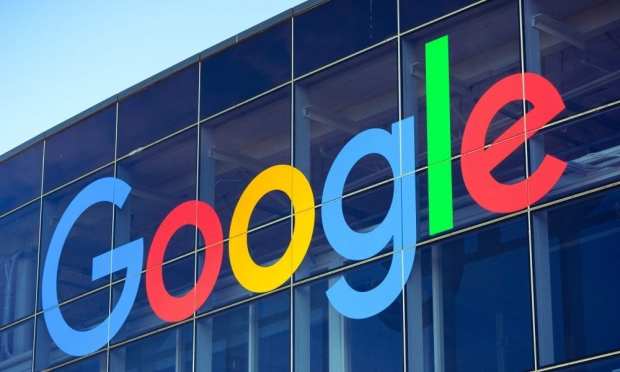Google Working On Robotic Kittens, Other AI Initiatives

Among the artificial intelligence (AI) projects Google is developing are real-time language translation, anemia detection and robotic kittens, CNBC reported Wednesday (Jan. 29).
The company hopes to launch those as well as a diverse array of other AI projects widely someday. Google’s parent company Alphabet and its CEO Sundar Pichai have touted “AI first world” as a concept in recent years, referring to the large umbrella of Google’s AI services, such as self-driving cars, search advertising and more.
On Tuesday, Google unveiled a series of its in-progress works as a way to show investors the benefits of AI technology.
The robotic kitten, termed D’Kitty, is a four-legged robot that Google says learned to walk on its own by way of studying locomotion and machine learning techniques. The company hopes this technology will help machines learn how physical hardware can function.
There were wearable sensors, which could connect human hand gestures with media controls, Google said. One prototype was a set of sweatshirt drawstrings that could be twisted to adjust music volume. Users could also play or pause the music in question by pulling on the strings.
Google Translate, which currently supports 59 languages, could soon see new real-time translation features and transcriptions, which will be available on Android phones.
And the company showed how its AI could be used in retina scans to determine if patients have anemia, diabetic eye diseases and glaucoma.
However, amid Google’s displays of AI, government bodies and other entities have been worrying about the increasing presence of the technology. There have been calls for regulation, with the European Union considering a sweeping set of new rules meant to curb overreach and provide accountability and IBM debuting a new lab that will oversee AI projects.
And there have been calls for bans on facial recognition, with critics saying it has potential for racial bias and discrimination and fake-video technology.
